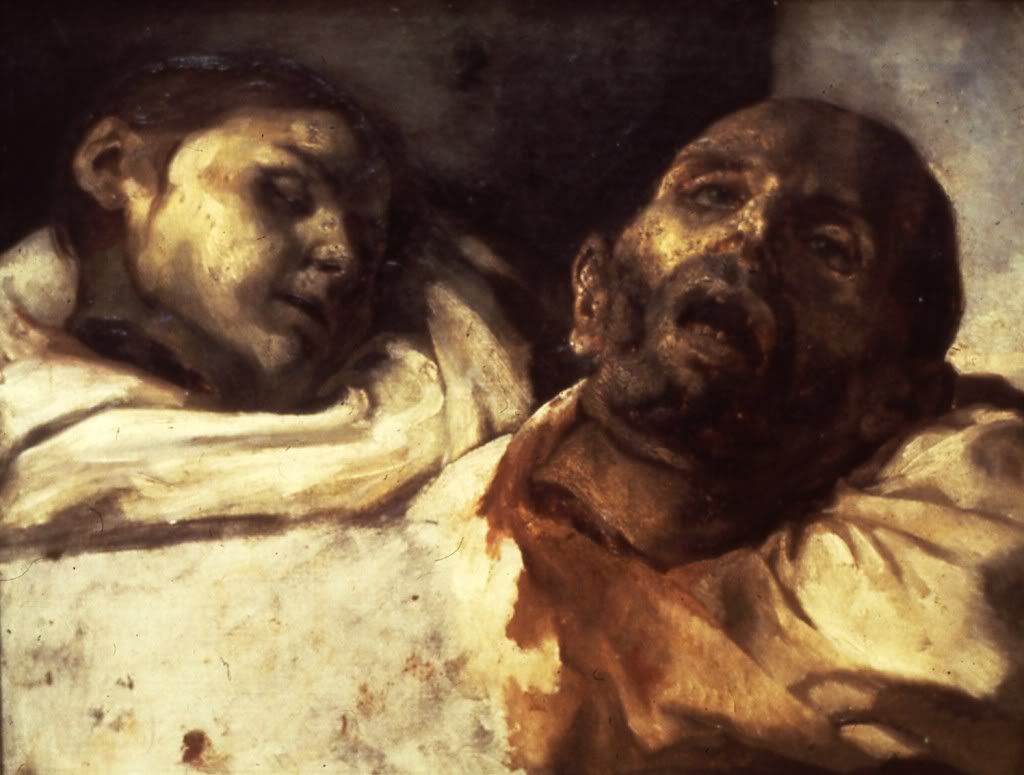Disturbing Death Photos About
Source:- Google.com.pkA prisoner languishes in a small wooden crate. Notice his long fingers.Beheading, strangulation and starvation were all acceptable execution methods in 19th-century China. What’s more, even those not sentenced to death could endure days of suffering. Such ‘justice’ in old China was not a pretty sight – so be warned: these images are not for the faint-hearted.
An executioner photographed in 1900
These photographs were taken during and directly after the Boxer Rebellion, which was a particularly violent and turbulent time in Chinese history. All over the country, Boxer rebels and criminals were put to death in full public view. And their corpses, or at least parts of them, were displayed as a warning to others.
This prisoner in Hankow, China wears a ‘cangue’ around his neck as well as an ankle bracelet.
Whether the sentence was death or torture, there were often Western photographers like James Ricalton around, ready to capture the punishments on film for fascinated audiences back home. These are some of the graphic images Ricalton produced.
A submissive prisoner awaits his fate in the rain.
Here, a prisoner kneels in the mud, with his arms behind his back and his head bowed down to the ground. He awaits the deadly blow, which is now only seconds away. Above him stands the executioner, sword drawn back behind him, preparing to deliver the fatal swipe. Behind them, another man turns away.
Moments later, it’s done. It's hard to say which is more shocking: the headless body and decapitated head or the casual, nonchalant look on the executioner’s face. Also, the photographer was not simply an observer. At this point, he’s actively involved in the scene and has eye-to-eye contact with the executioner.
A lone death
The final picture in the sequence shows the executed corpse sprawled out on the wet ground, with the severed head lying inches away. Blood oozes from the neck and head, soaking into the already sodden soil. Photographer James Ricalton took many photographs of the rebellion, and a book of his images was published in 1990. According to editor Christopher J. Lucas, he was “widely acclaimed as one of the most important (certainly most popular) photographers of his time."
A hand-tinted look at the portable stocks known by Westerners as cangues
A ‘cangue’ is a type of portable torture device that was often used for forms of corporal punishment in old China. Unlike the Western equivalent, known as the stocks, cangues could be carried around. This ensured that the victim’s humiliation was as public as it could be. The device consisted of two large, flat boards, which were fitted around the individual’s neck. Often, the prisoner couldn’t reach their own mouth and had to rely on others for food. And making sure their shame was complete, their name, address, and the nature of their crimes were written on a label and stuck to the boards.
As for the person in the box in the left of the photograph, we’ll explore the form of torture depicted a bit later.Men are tied to stakes to await their fate at the hands of a French firing squad.
This photo by James Ricalton is the first in another gory execution sequence – this time by firing squad. It wasn’t just the Chinese who meted out gruesome punishment during this era. Here we see Chinese men being tied to stakes by French allied troops. Following the Boxer Rebellion in 1900, allied forces, including Germans, French, Russians, Japanese, British and Americans, occupied Beijing. Murder, rape and other atrocities were widespread. According to one witness, “[T]he conduct of the Russian soldiers is atrocious, the French are not much better, and the Japanese are looting and burning without mercy."










No comments:
Post a Comment